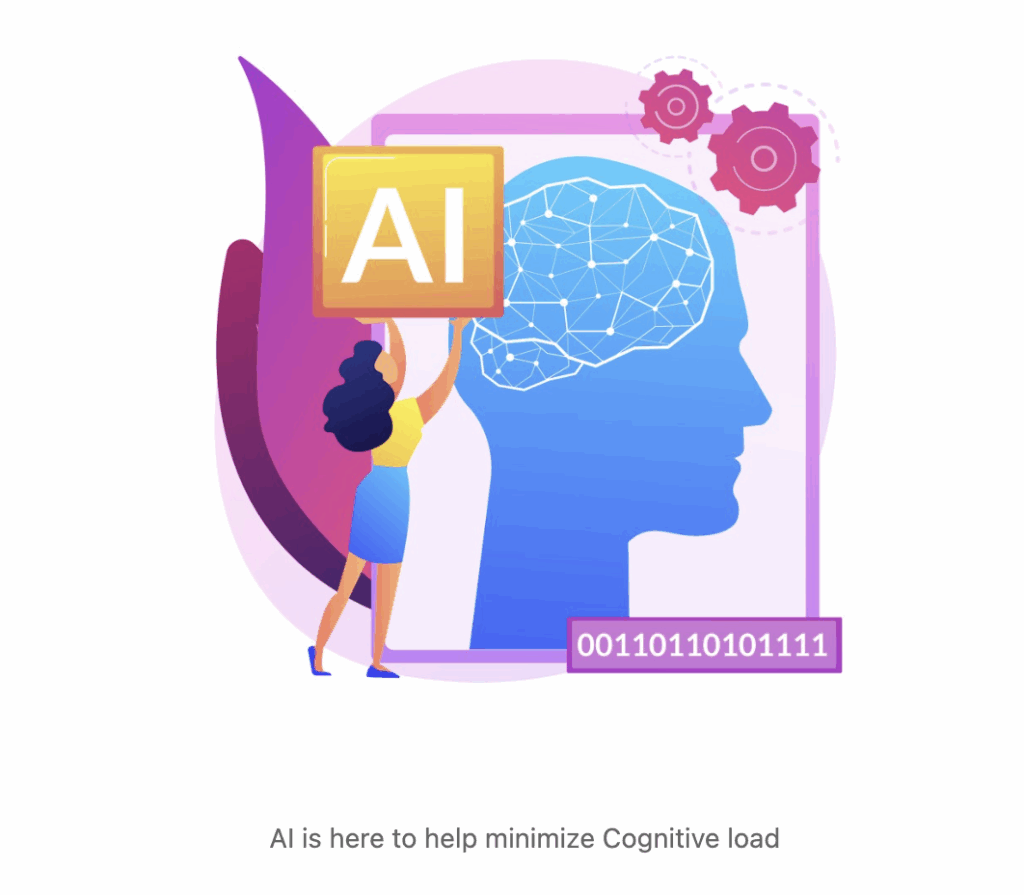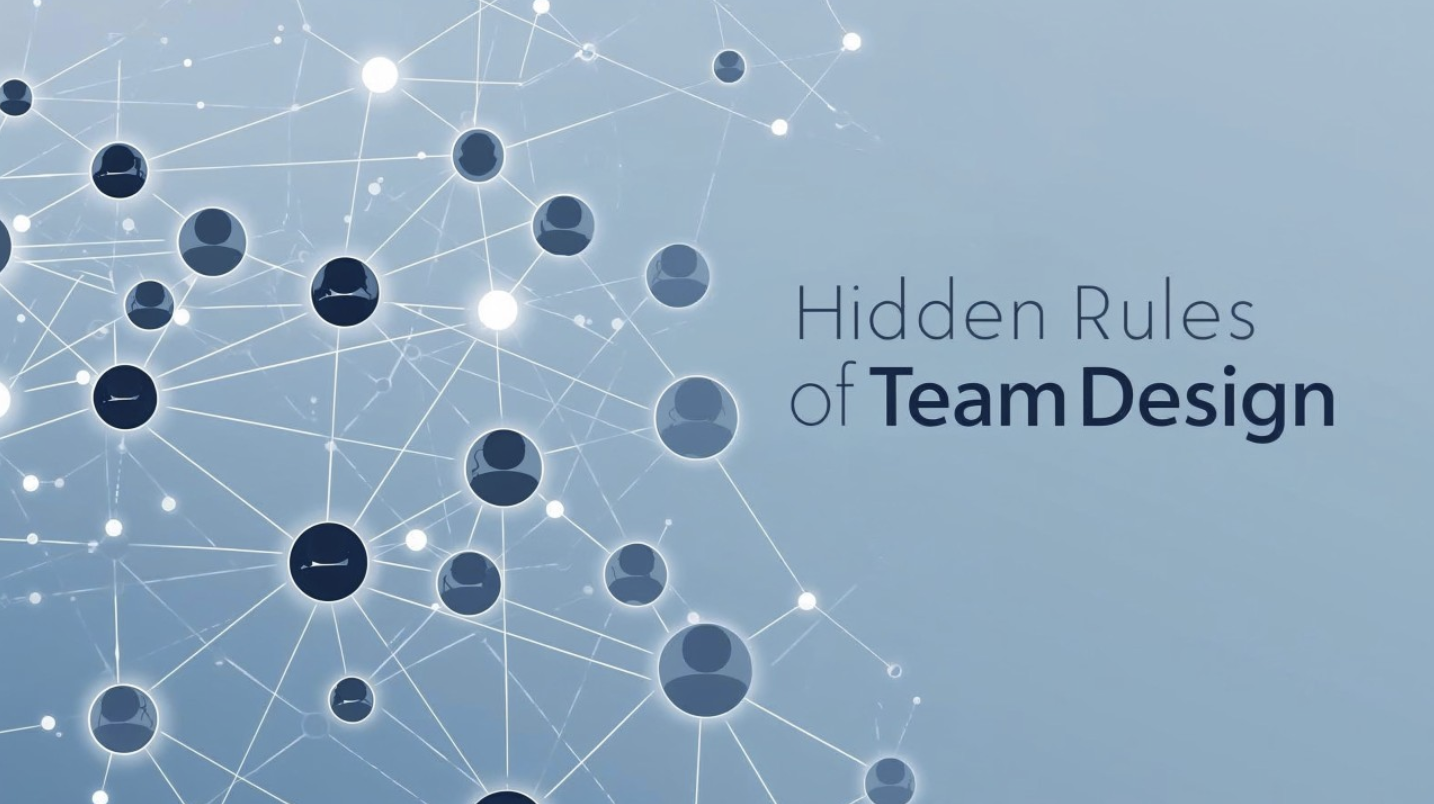When we need to structure or re-structure teams in our organizations, we often ignore fundamental rules about how humans and systems interact.
Over the summer, I read several books that reminded me that there are simple yet powerful principles guiding how we design and transform teams.
👉 When we ignore these laws, the flow of value gets blocked. 👉 When we respect them, organizations have a much greater chance of unlocking incredible outcomes.
Here are some of the most impactful principles I keep in mind when working with teams:
🔹 Conway’s Law
If your teams don’t talk to each other, don’t expect your systems to integrate seamlessly

🔹 The Inverse Conway Maneuver
Instead of passively inheriting broken structures, design your teams intentionally to create the system architecture you want.
🔹 Dunbar’s Number
Anthropologist Robin Dunbar showed that humans have limits on the number of stable, trusting relationships they can maintain.
- Around 15 people for deep trust.
- Around 5 people for very close trust.
This explains why the optimal size for high-performing teams is typically 7–9 members. Teams need to be small enough for effective collaboration, but large enough to deliver.
💡 Amazon popularized this with their “two-pizza rule”: if two pizzas can’t feed the team, it’s too big.
🔹 Team Cognitive Load
Cognitive load is “the total amount of mental effort being used in working memory”.
We usually distinguish three kinds:
- Intrinsic cognitive load → from the fundamental task itself (e.g., learning a programming language).
- Extraneous cognitive load → from the environment (e.g., setting up a testing environment).
- Germane cognitive load → from aspects requiring special attention for learning or high performance (e.g., mastering a business domain).
A well-designed team setup balances these loads, so teams can focus their energy on delivering value rather than fighting complexity.

Let’s conclude !
These laws aren’t just theoretical concepts; they manifest in every organisation, whether we acknowledge them or not. As change agents, coaches or leaders, it is our job to consciously design teams, rather than leaving outcomes to chance.
In this era, we have the opportunity to use AI to minimise intrinsic and extraneous cognitive load by automating repetitive tasks and creating stable environments for testing in minutes, among many other possibilities. The result is a greater focus on the value-creating and learning aspects of work by teams.
💡 If your organization is looking to launch new high-performing teams or to audit and strengthen existing ones, feel free to reach out — I’d be glad to help.

